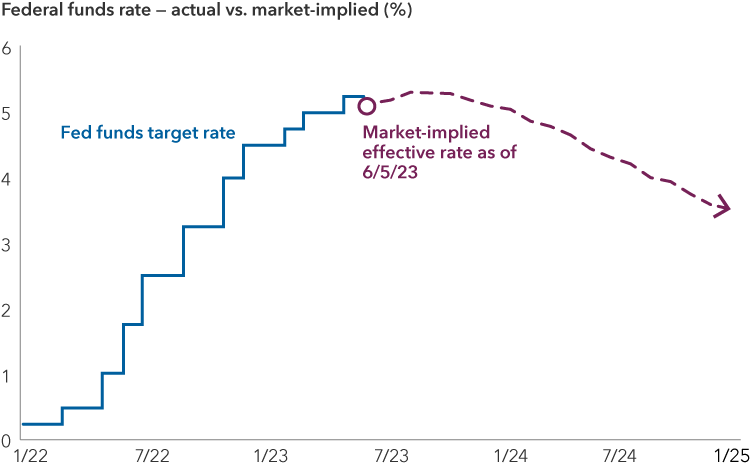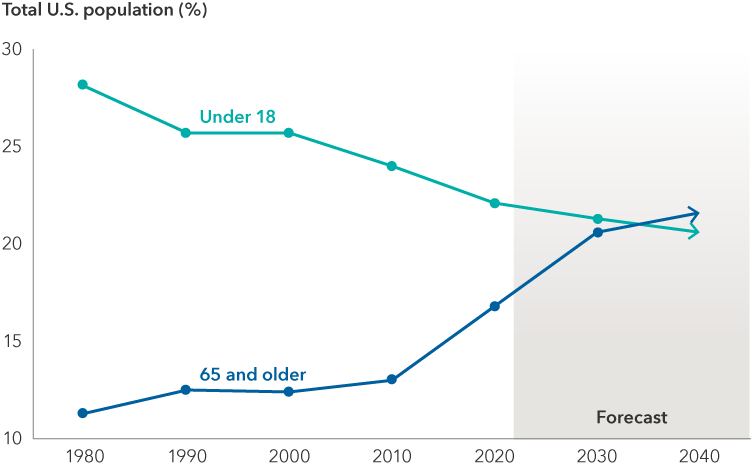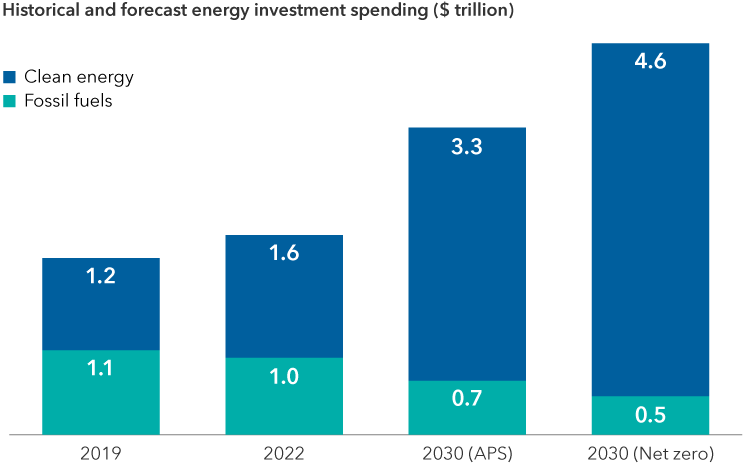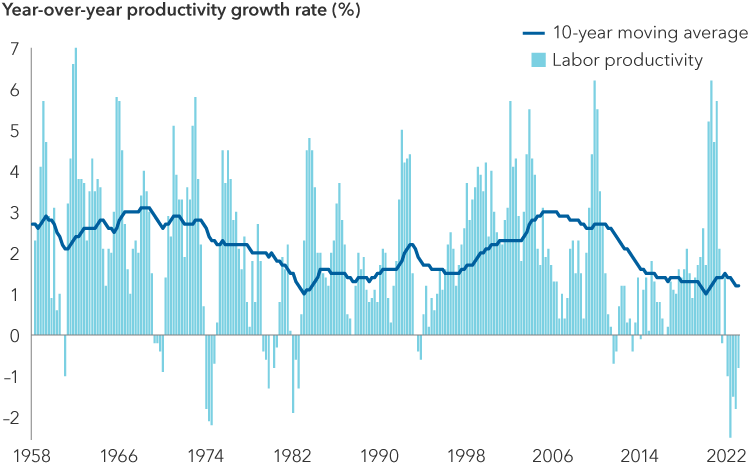By definition, R-star is the real interest rate that is neither expansionary nor contractionary when the economy is at full employment. If the central bank sets its policy rate below R-star, then its monetary policy position is accommodative. In other words, the level of real interest rates relative to R-star is how the Fed judges the extent to which monetary policy may be stimulating, slowing down or having no notable impact on the economy and financial markets.
R-star can change. Factors such as the composition of the workforce, labor productivity, investment and innovation affect its level, because they impact how fast an economy can grow without causing inflation. For example, higher productivity or more capital investment should give an economy the capacity to grow faster without sparking inflation.
The Fed currently believes R-star is about 0.5%, which is significantly lower than the Fed’s calculation of 2% a decade ago.
In the past, a low R-star has meant the Fed could keep its policy rate lower without worrying about stoking inflation. At the same level of inflation, the impact on the economy of a 2% fed funds rate and 1% R-star should be similar to that of a 1.5% fed funds rate and a 0.5% R-star. In both cases, the spread between the two rates is 1%.
There are a number of economic factors that affect R-star, but I believe the net result over the medium term is a higher neutral rate. I can see R-star reaching 1% to 2% in the next three years.






